The article “Shahr-e Sukhteh: Iran Ancient Persia Burnt City” written by Parisa Bakhtiari was published in SurfIran. Kindly note that: (a) the text printed below has been edited from the original SurfIran article (b) Excepting one photo, none of the other images and accompanying captions printed below appear in the original SurfIran article.
Readers further interested in Shahr-e Sookhteh are encouraged to consult the following resources and articles:
- Iran from the Pleistocene to pre-Achaemenid eras
- The “Pompei of the East”: Iran’s Shahr-e Sookhteh (Burnt City)
- World’s oldest known artificial eye
- World’s oldest Backgammon game?
- Ancient measuring ruler
- Reconstruction of the Face of a 5000-year old Woman in Iran
- World’s Oldest Example of Pictorial Animation
- Shahr e Sookhteh yields Rare 4000 year old Relics
Readers are also encouraged to consult the following articles on Jiroft:
- The ancient Civilization of Jiroft
- Jiroft: The Forgotten Civilizational Legacy of Ancient Iran –جیرفت زادگاهی از تمدن جهان– (Video)
- Jiroft and the Aratta Kingdom
- The Jiroft Conference of 2008
- Iran daily News (November 14, 2009): Jiroft Linked to Aratta Kingdom (pdf)
- Maymand, an Exemplar Manmade-Cave dwelling
- The Ziggurat of Jiroft: Largest and Oldest of its Type in the World?
= = = = = = = = = = = = = = = = = = = = = = = = = = = = = = = = = = = = = = = = = = = = = = = =
Shahr-e Sukhteh is the remains of an ancient city and archaeological site of a sizable Bronze Age in southwestern Iran. Ranked among the most ancient countries of the world, Iran is house to numerous old, mysterious and peculiar civilizations. Even until today, so many truths about many archeological sites in Iran, especially those located in the central and southern part of it, are still covered in mystery.
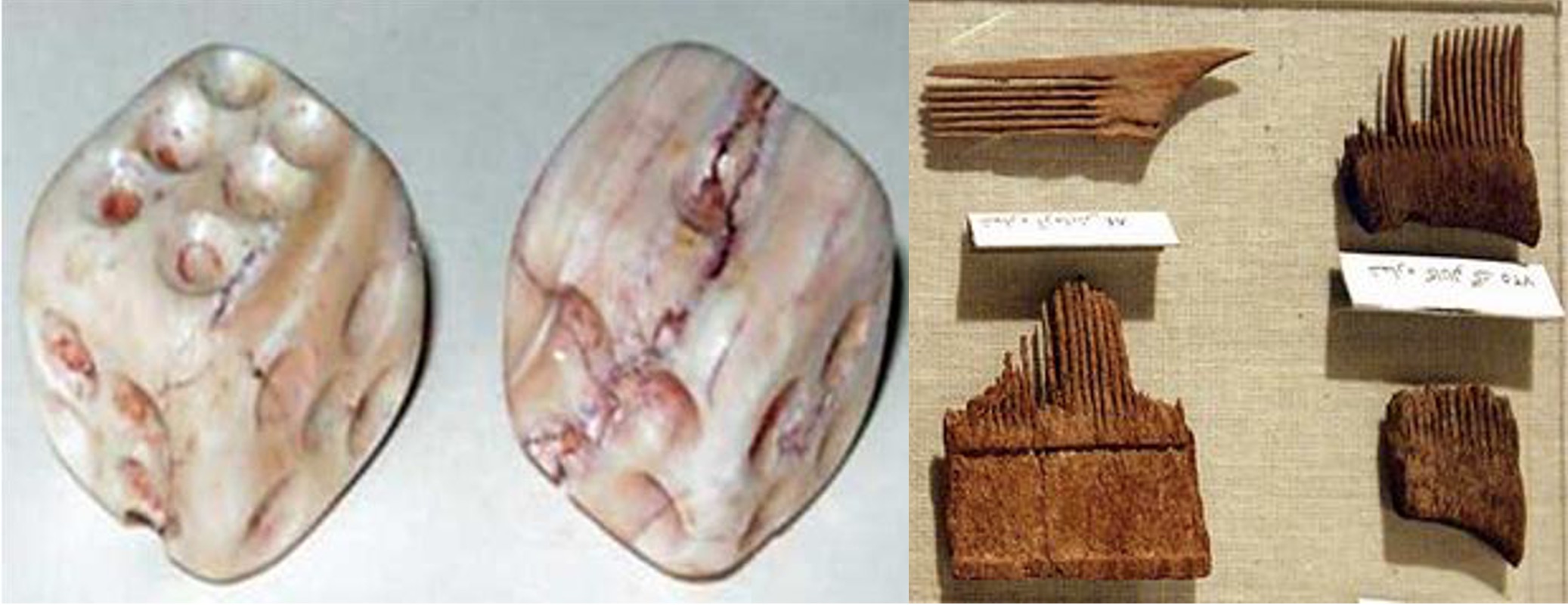
[LEFT] Ancient dices discovered at the Shahr-e Sookhteh (Burnt City) [RIGHT] A display of the thousands year old rulers (or pieces of the same ruler) discovered at Shahr-e Sookhteh (Burnt City). The device made of ebony wood, has a precise system of measurement whose units correspond to 1.5 millimeters (Courtesy CHN & Payvand News). For more on these topics see “Burnt City: World’s Oldest backgammon Game” and “Ancient Ruler discovered in Burnt City” …
Today, most people consider many facts related to these enigmatic prehistoric inhabitants, fictions filled with myth and imagination. But the truth is that discoveries demonstrate a great deal of development and advancement of these civilizations which sound really incredible. For instance, it is interesting to know that the world’s first known artificial eyeball, with 2 holes in both sides and a golden thread to hold it in place, has been unearthed from the skeleton of a woman’s body in Shahr-e Sukhteh (Burnt City) in southern region of Iran. Another discovery shows a skull on which some brain surgery practices have been done, which reveals unbelievable progresses made by these ancient people who had inhabited in this region 5000 years ago.
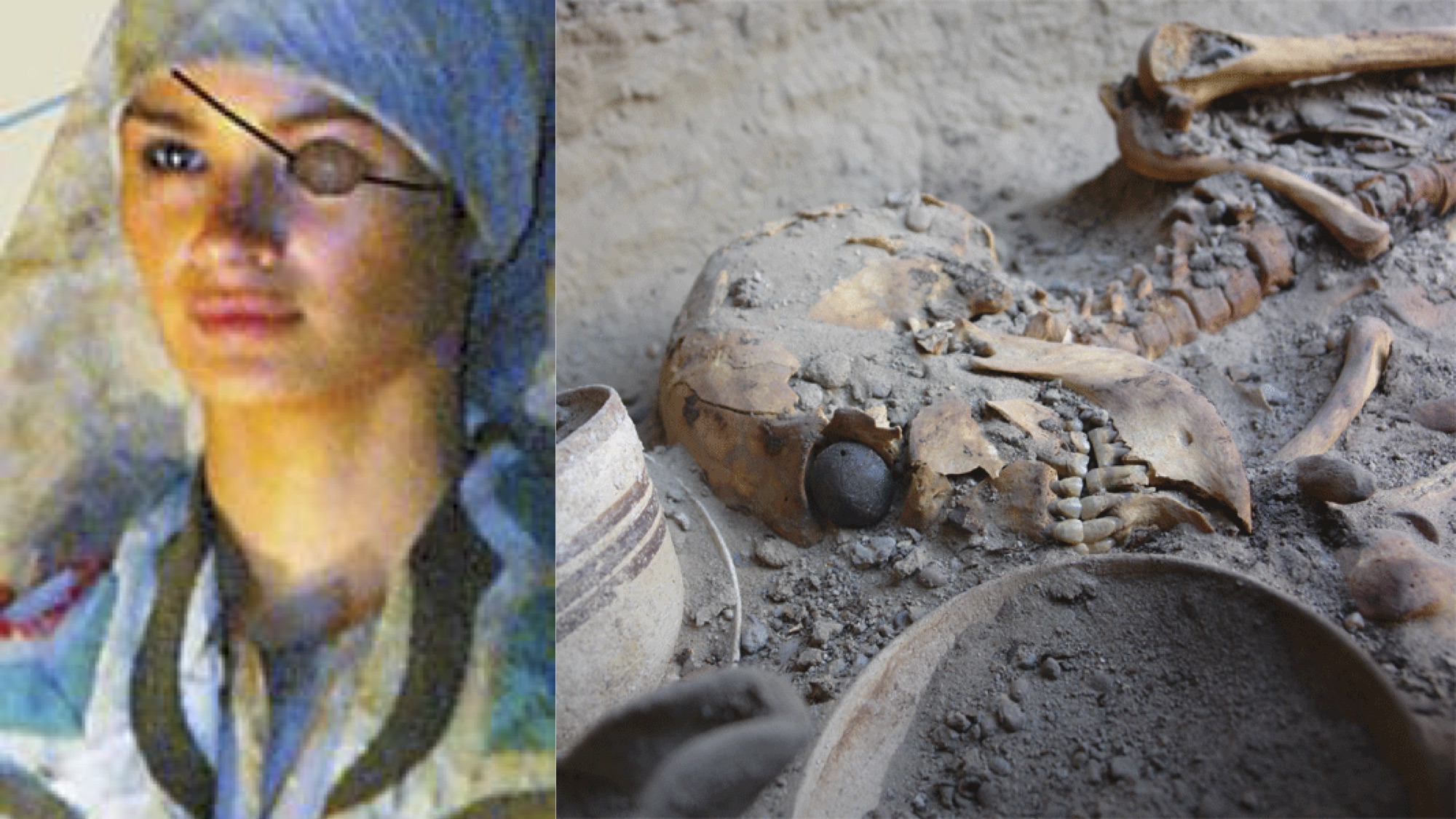
[LEFT] Reconstruction of 5000 year-old woman found at the Shahr-e Sookhteh (Burnt City). Her face was reconstructed with the latest technology available to anthropologists, paleontologists and forensic experts. She is believed to have been of the ancient city’s upper crust and served as a priestess during her lifetime. The lady is also notable due to the artificial eye that was discovered, still lodged in the eye socket of her skull after thousands of years; [RIGHT] Skeleton of the young woman from Shahr-e Sookhteh (Burnt City). Note artificial eye in the eye-socket of the skull. For more on this topic see “Reconstruction of the face of a 5000 year old woman in Iran” …
In Kerman and Sistan and Baluchestan Province, where Lut desert is located, geophysical excavations point out over 10 historical and archaeological eras that are the indicators of different generations and civilizations who had resided in this region throughout the history. It is not surprising then to know that Lut desert (meaning Emptiness Plain), which is now only a vast salt land ,along with its surrounding areas are among the richest archeological sites in the Middle-east, considering the amount of artifacts discovered here from around 4th millennium BC.
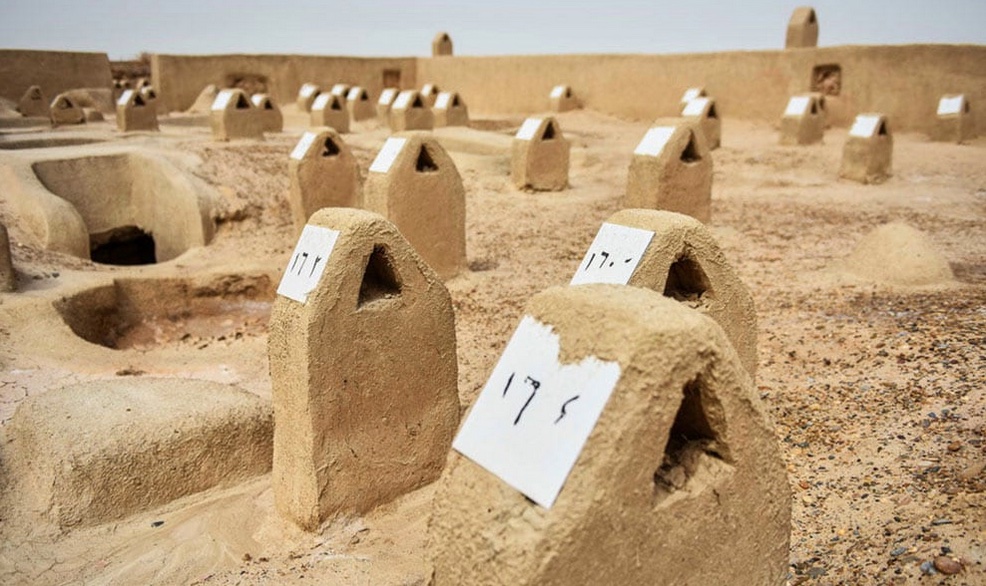
Tombstones at Shahr-e Sookhteh (Image Source: SurfIran & Mehr News).
Shahr-e Sukhteh is one of the UNESCO’s world heritage centers in this region which is associated with Jiroft culture, one of the oldest civilizations on earth along with Helmand culture.
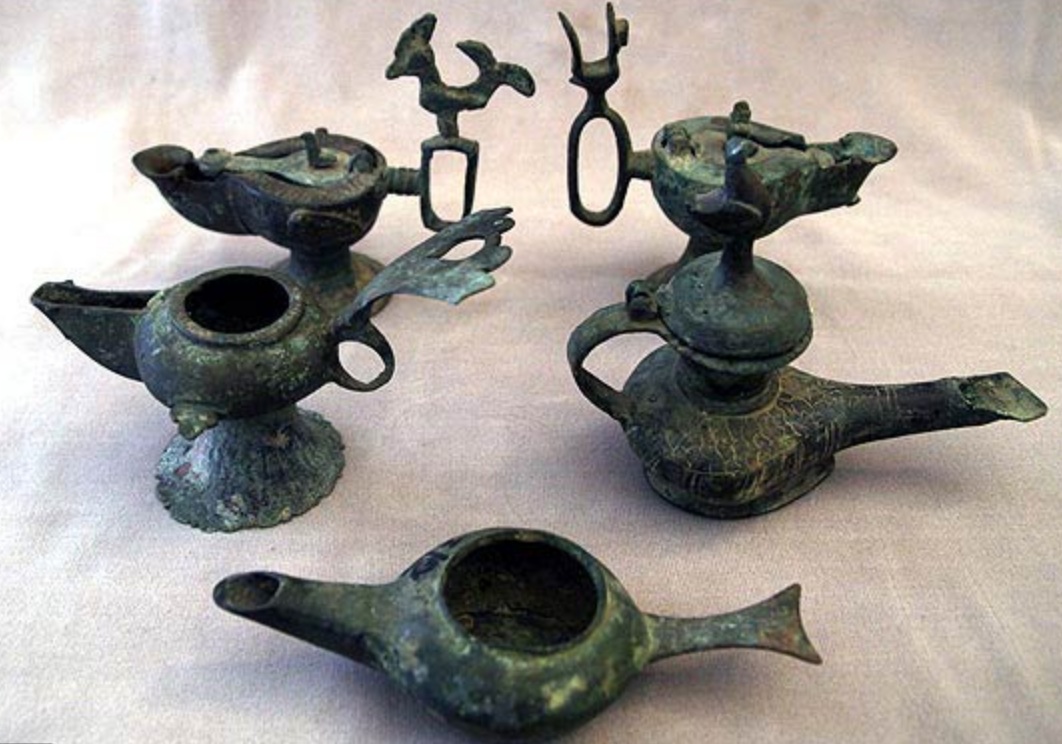
Oil Lamps and/or Pots from Jiroft (Image Source: Hamid Sadeghi – Mehr News Agency & Payvand News).
As well as the huge number of handiworks discovered in Shahr-e Sukhteh, various artifacts have also been found in Shahdad and Bam district near this archeological site. Therefore, it seems that Hirmand River, just like Nile River, had provided a suitable condition for inhabiting and forming cities in the region before it dried up. As a result, Shahr-e Sukhteh became an astonishing example of urbanization which in its heyday recreated commercial and cultural exchanges with other ancient civilizations in Central Asia and Indians, as far away as China. Regarding to what has been uncovered in an area more than 151 hectares, Shahr-e Sukhteh was one of the largest cities of the world during the emergence of urban period and experts believe that it can be track down up to 11 meters under the ground.
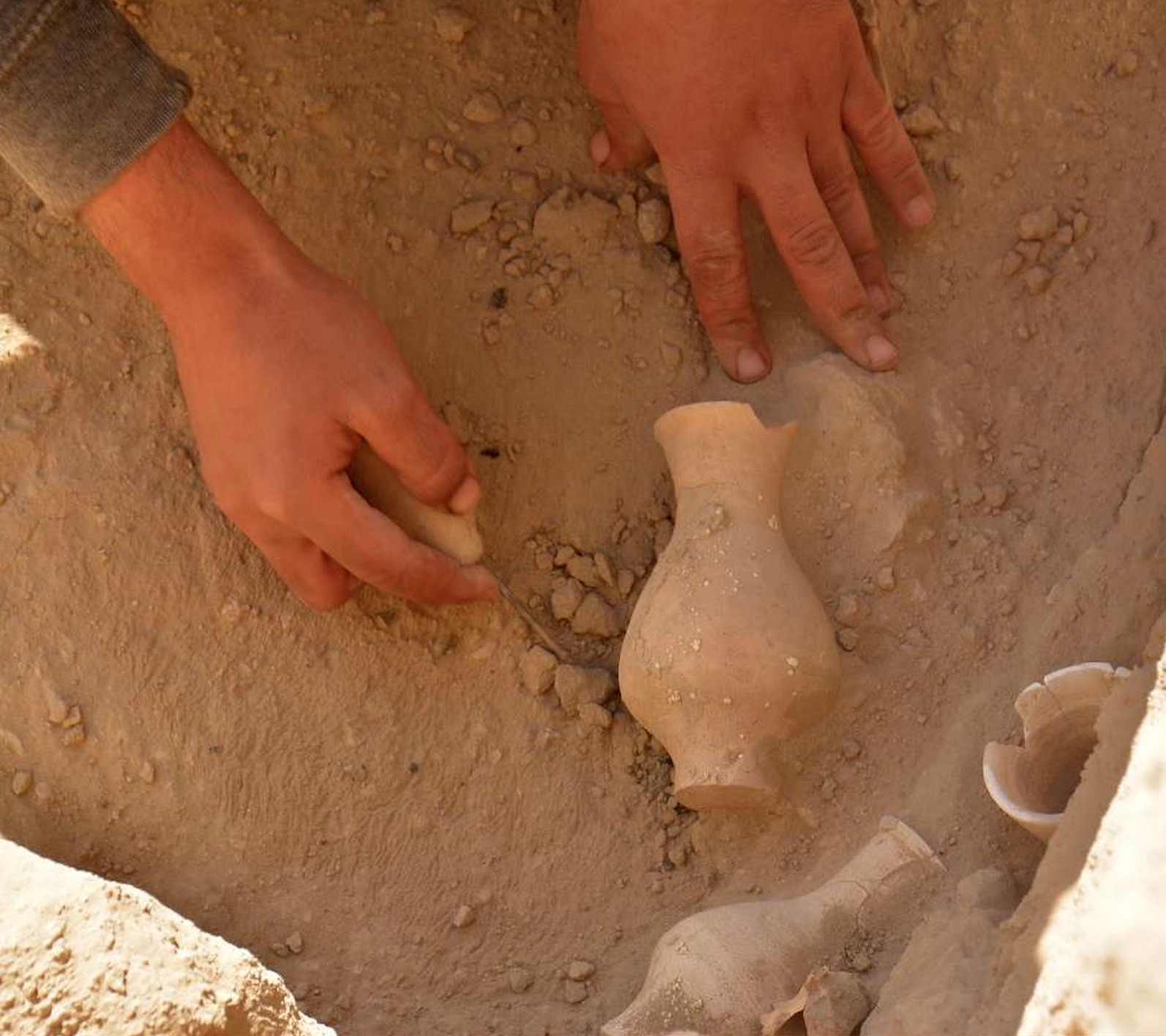
Excavation of artifacts (small jars or vases) at Shahr-e Sookhteh (Source: Payvand News).
Shahr-e Sukhteh remained under a 20-centimeter thick layer of ash and dust for around 4000 years before being discovered. The dry desert climate of the region also helped to preserve the remaining of this civilization. During the excavation, archeologists collected more than 2 million pieces from the mazelike sequences of rooms in the houses which had been remained intact under the salt. Therefore, a great opportunity for investigating an ancient civilization founded around 3200 BC has been created. The city is considered to be located at the intersection of ‘Bronze Age’ trade routes crossing the Iranian plateau, during which organized city states emerged and writing was invented in the Near East. In fact, archeologists claim that the most ancient script found so far belongs to this region (Jiroft, Kerman Province) and yet, no linguistic has been able to interpret it.
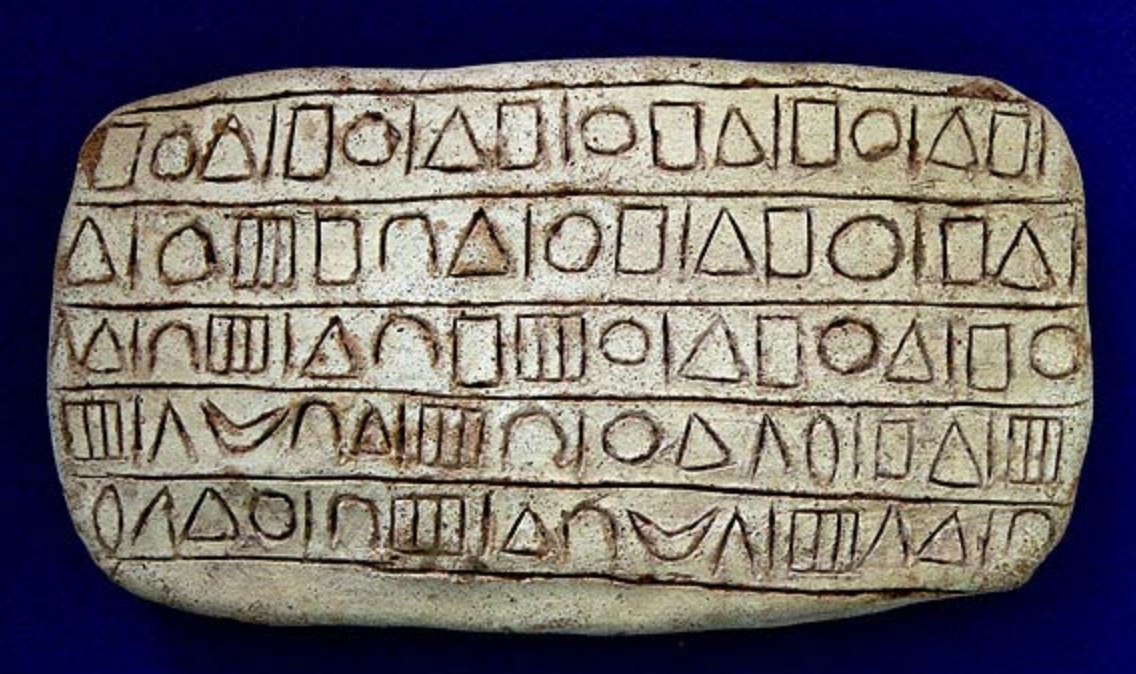
Tablet with local script from Jiroft (Source: Hamid Sadeghi – Mehr News Agency & Payvand News).
The city was comprised of various parts: a section was dedicated to the monuments and other quarters were used for housing, cemeteries and manufacture, which demonstrate the emergence of a highly advanced civilization and a complex society in the 3rd millennium BC. The burnt city is built in a completely non-earthquake zone (just like the Sumerian, Egyptian, and Sindh civilizations) and during the history, it was completely burnt 2 times but rebuilt again.
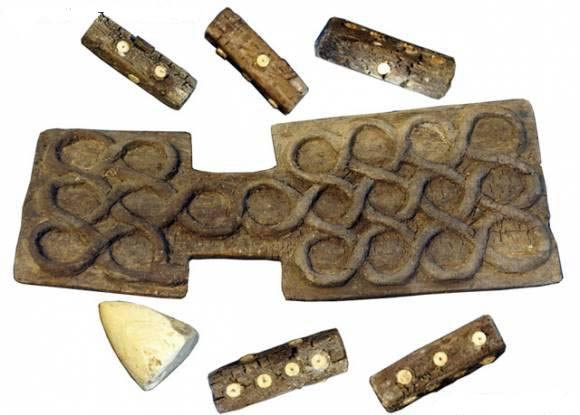
The oldest sample of the backgammon game discovered at Shahr-e Sookhteh (Image Source: Touriar).
In approximately 2100 BC, Shahr-e Sookhteh was suddenly evacuated , for reasons that have yet to be scientifically explained. Investigations show that similar to what happened in Shahdad, the Helmand River changed its course and the inhabitants of this area inevitably abandoned their homes. The animals and birds also left this area so that it eventually was hidden under a thick cover of soil and dust and just like the advanced civilization of Egypt, it remained unknown for centuries before being discovered.
Animation sequence of the 5000 year old Goblet of Shahr-e Sookhteh (Burnt City) (Source: YouTube).
In addition, around 21000 graves have been discovered in the west and south part of the city and analyzing the remains of the dead bodies has led to very unique and absorbing findings. For instance, in spite of unearthing more than 40,000 skeletons in burial grounds of Shahr-e Sukhteh, their exact origin is still unknown to historians and archeologists. Furthermore, the very large size of discovered skeletons reinforces the theory which associates the legendary heroes of Iranian myths (like Rostam in Shahnameh) with this region. Shahr-e Sookhteh indeed ranks alongside Iran’s major human heritage archaeological sites such as the UNESCO-registered sites of Susa, Persepolis and Pasargadae.



